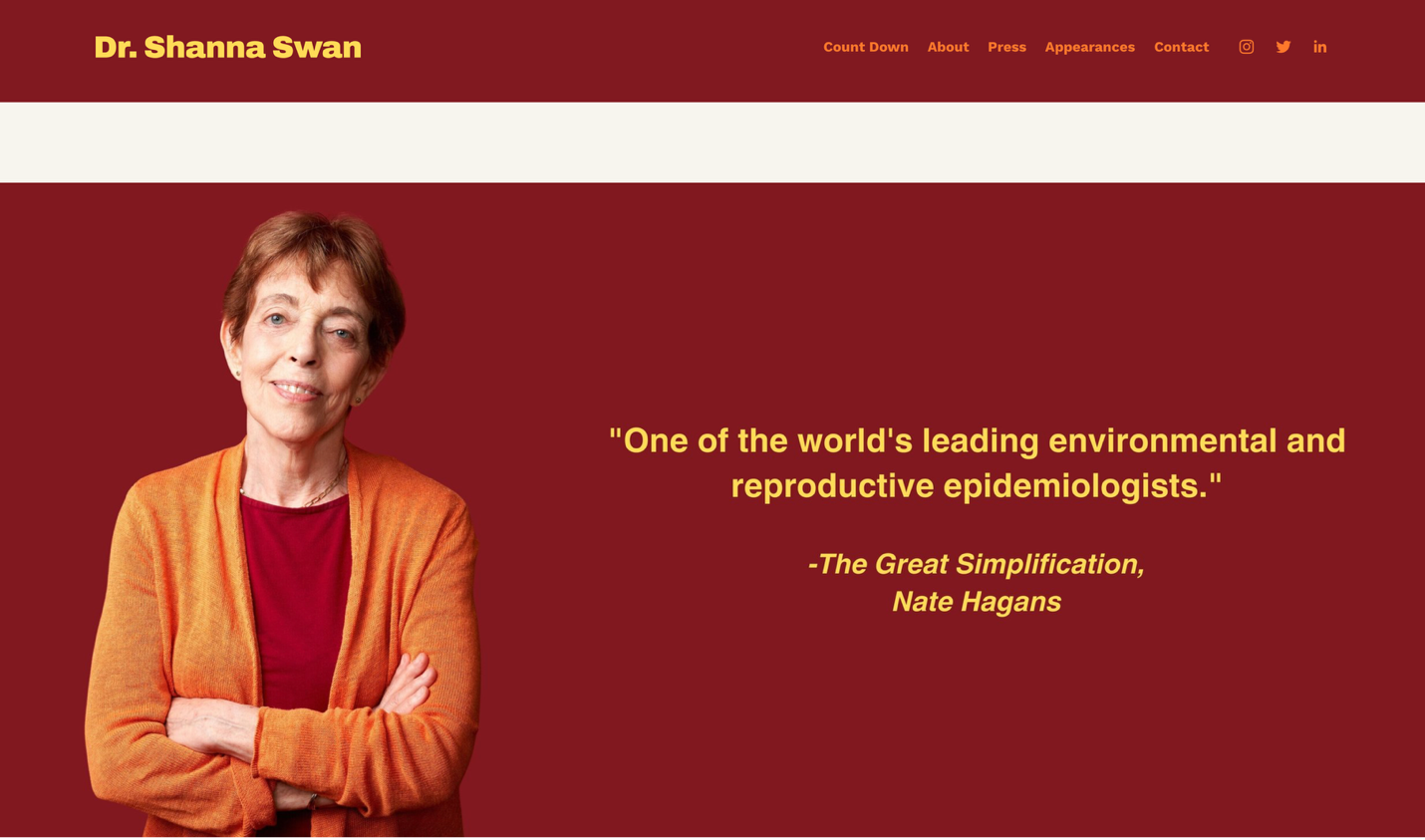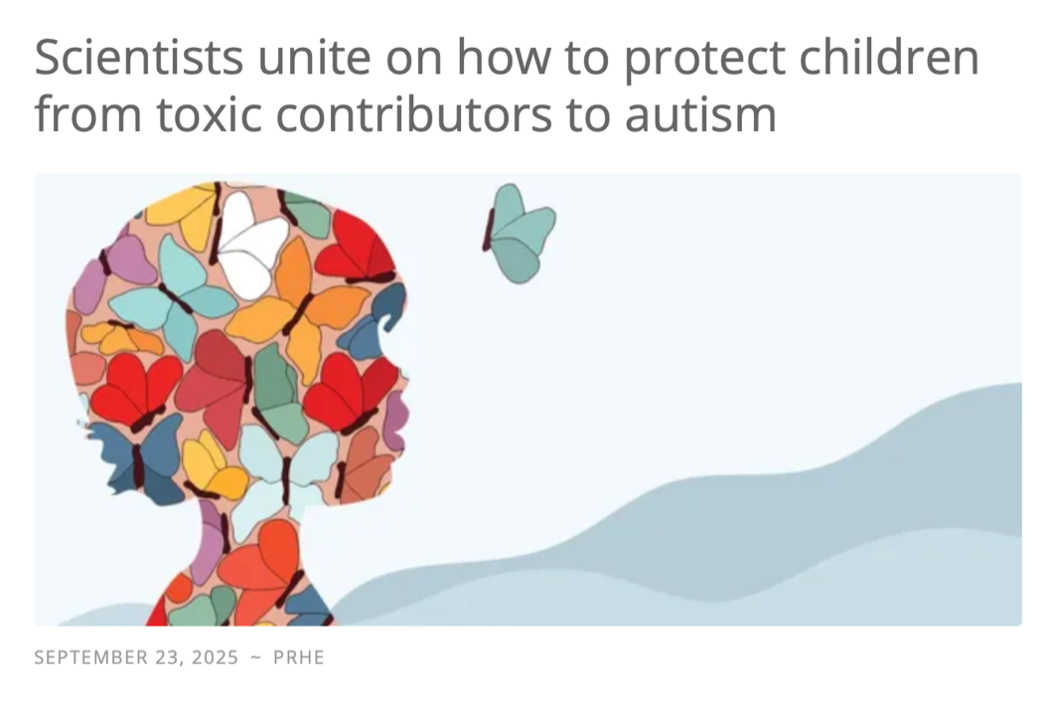A True Opt-Out: Evaluating Health Effects in Smart Meters Smart Meters are coming to my town, as they may be to yours. Smart Meters, which send WiFi signals back to mission control, will likely become more popular in future years since they save utility companies money and enable people to optimize energy savings if they so desire. But there has been controversy over the non-ionizing RF-EMF radiation they give off. After investigating these claims, I have found that some concern is warranted. I have recommended to my Environmental Advisory Commission proceeding with the program but maintaining a true opt-out for citizens who continue to be worried after reading informational literature. It is not unreasonable to charge some modest amount for the additional work required to check meters, perhaps $25/ month.[1] But at no time should citizens be arrested in their own homes, as they have been in Naperville, IL, for refusing to have meters installed. We find that this is too great a violation of civil rights, particularly when the homeowners have done nothing wrong beyond working to protect their families from risks of cancer or other ailments.
Every person who objects should be supplied the report from the California Council on Science and Technology (CCST), an independent scientific research group that advises the State of California on technological policy issues. Their measured assessment of the problem presents Smart Meters as potentially a health threat, but only on the order of many other well-accepted conveniences of modern life, like microwaves and cell phones. There are people who try to protect their children even from these ubiquitous devices, and these are the people for whom the opt-out should be available. Many other people, when reassured that the risk is in line with their current level of comfort, may decide that the opt-out is not worth the small financial penalty.
One of the key findings of the report is that “Wireless smart meters, when installed and properly maintained, result in much smaller levels of radio frequency (RF) exposure than many existing common household electronic devices, particularly cell phones and microwave ovens” (CCST, 2011, p. 1). We should note two things about this statement. First, consider the caveat that the meters be properly installed and maintained, which the group later says should be monitored and followed up on, which seems really quite unlikely. A parallel example is the case of CT imaging, which can expose patients to up to 350 times more radiation than a chest x-ray, and which can vary tremendously from facility to facility and machine to machine (Lafall & Kripke, 2010, p. v). Calibration with technologies like this can be notoriously uneven. Second, the data do seem to suggest that the Smart Meter exposure is on a similar level as cell phone usage. But recent research suggests that cell phone usage is indeed tied to cancer risk, and particularly for children, whose skulls are not as highly developed, whose systems are immature, and who will live a long time during which long-latency risks may manifest in disease. Finally, the panel concluded that “Consideration could be given to alternative smart meter configurations (such as wired) in those cases where wireless meters continue to be concern [sic] to consumers” (CCST, 2011, p. 1).
The comparison with cell phones is apt, as some scientists warn against allowing unfettered use by children, despite clever marketing to them (Davis, 2009). The graph in the CCST report shows that the Smart Meter at one foot is about equal to a microwave oven at one foot, and about one fifth of a cell phone at the ear, as measured in microWatts/cm2. However, there is potential for the Smart Meter to be much more frequently on than a cell phone. The President’s Cancer Panel reviewed the literature on cell phones and cancer risk in a report published in 2010. What they found is preliminary but sobering. “Sharp controversy exists in the scientific community as to possible adverse health effects from exposure to low frequency electromagnetic energy. The use of cell phones and other wireless technology is of great concern, particularly since these devices are being used regularly by ever larger and younger segments of the population” (LaSalle & Kripke, 2010, p. iv). In addition, some studies have suggested a link to brain tumors on the side of the head where the phone is held by long-term users. Considering how hard it is to establish a control group with most people using cell phones to some degree, these findings are ominous. The trend line of more recent research continues to implicate cell phones in cancer risk. In 2011, the International Agency for Research on Cancer (IARC), the WHO's highly regarded international professional panel, categorized the RF-EMF from cell phones as a possible human carcinogen, with odds ratios of 1.71-2.55 for various diagnoses, or in other words, an about doubled risk of brain cancer (Hardell et al., 2013). A review article of the evidence confirms these findings of doubled risk after ten years of cell phone use (Khurana et al., 2009). Hardell et al. note that the IARC findings have not spurred any governmental regulation to protect public health from this ubiquitous source of radiation (Hardell et al., 2013). Frankly, they are in too deep to do so. So it is not necessarily comforting that the Smart Meters could have a cumulative effect like that of cell phones, along with all the other sources of RF-EMF in modern life.
Keep in mind that many advances of modern life were advertised as perfectly healthy and safe when the reverse was true, and known to be true. Lies were sold to the public for decades. Smoking was advertised by doctors, and medical x-rays were touted as absolutely safe. Lead paint was advertised as healthful for nursery walls, and the ban on asbestos still cannot hold up in court (Davis, 2009). There is a reason that the public does not trust a technology that is being mandated in their home, without their consent, when that device emits RF-EMF radiation that is potentially linked to health effects. Although this risk is only commensurate with that of cell phones, families that wish to protect their children even from risks like that should be allowed to do so. After all, many risks like this – from pesticide exposures, medical radiation, and industrial pollution – are both unavoidable and cumulative. This should be one exposure that citizens have control over. Some people will want to employ the precautionary principle, and wait for evidence that a suspicious new technology does not cause ill effects. Indeed it would be in the interest of society as a whole to move more slowly before building an entire infrastructure based around RF technology. The inertia and investment once a system is built will influence many stakeholders to understate risks, as we have seen done with tobacco and chemical industries. People should have a choice before they and their children are subjected to an uncontrolled experiment with unknown outcomes.
Without endorsing all views expressed therein, I recommend you visit the website for those opposed to Smart Meters at http://www.napervillesmartmeterawareness.org
References
California Council on Science and Technology (CCST). (2011). Health impacts of radio frequency exposure from smart meters. Sacramento: CCST. Retrieved from http://www.ccst.us/publications/2011/2011smart-final.pdf
Davis, D. (2009). The secret history of the war on cancer. New York: Basic Books.
Gostin, L. O. (2005, April). Jacobson v Massachusetts at 100 years: Police power and civil liberties in tension. American Journal of Public Health, 95(4), 576.581.
Hardell, L. Carlberg, M., & Mild, K. H. (2013). Use of mobile phones and cordless phones is associated with increased risk for glioma and acoustic neuroma. Pathophysiology 20 (2), 85-110.
Khurana, V.G., Teo, C., Kundi, M., Hardell, L., & Carlberg, M. (2009). Cell phones and brain tumors: A review including the long-term epidemiologic data. Surgical Neurology 72 (3), 205-214.
Leffall, L. D. & Kripke, M. L. (2010). “Environmental cancer risk: What we can do now.” President’s Cancer Panel. USDHH, NIH, and NCI. Retrieved from http://deainfo.nci.nih.gov/advisory/pcp/annualReports/pcp08-09rpt/PCP_Report_08-09_508.pdf
Mariner, W. K., Annas, G. J. & Glantz, L. H. (2005, April). Jacobson v Massachusetts: It’s not your great-great-grandfather’s public health law. American Journal of Public Health, 95(4), 581-590.
[1] There is precedent set for this method of preserving civil liberties while imposing modest financial penalties for not contributing to the common good in the Public Health record, regarding vaccinations in particular. See Mariner et al. (2005) and Gostin (2005).












